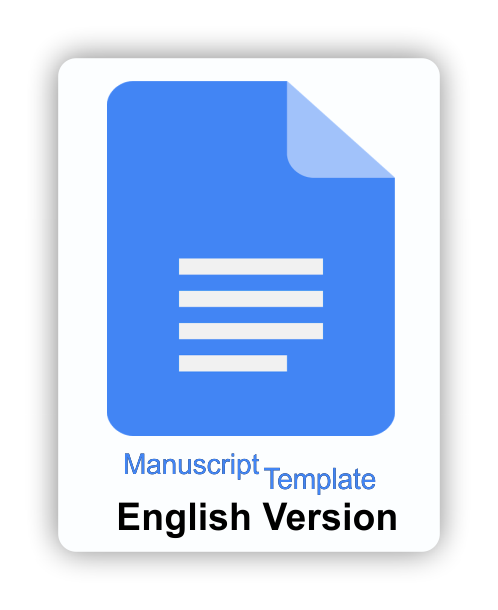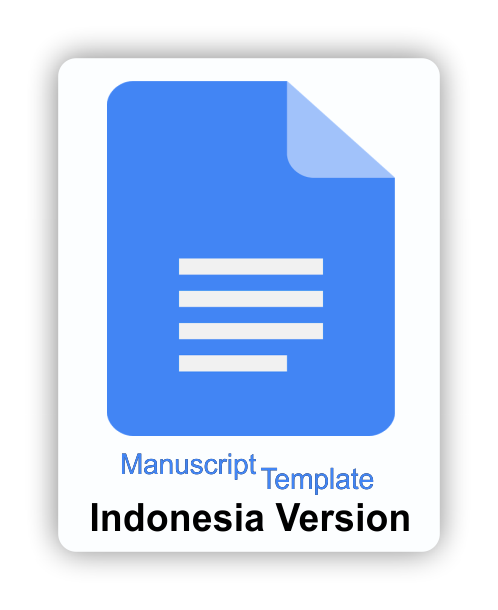The Effectivity of Interactive E-Module to Increase the Students' Visual-Spatial Intelligence on Ionic
Downloads
Abdullah, Ramadhan, S., & Linda, R. (2020). Pengembangan E-Module Interaktif Chemistry Magazine Berbasis Kvisoft Flipbook Maker Pada Materi Laju Reaksi. Jurnal Zarah, 7(1), 7-13. doi: https://doi.org/10.31629/zarah.v8i1.1352
Achuthan, K., Kolil, V. K., & Diwakar, S. (2018). Using Virtual Laboratories in Chemistry Classrooms As Interactive Tools Towards Modifying Alternate Conceptions in Molecular Symmetry. Education and Information Technologies, 23(6), 2499-2515. doi: https://doi.org/10.1007/s10639-018-9727-1
Baloyi, L. L., Ojo, S. O., & Van Wyk, E. A. (2017). Design and Development of An Interactive Multimedia Simulation for Augmenting The Teaching and Learning of Programming Concepts. International Conference Educational Technologies, 19-28. doi: https://eric.ed.gov/?id=ED579290
Chandrasegaran, A. L., Treagust, D. F., & Mocerino, M. (2007). The Development of a Two-Tier Multiple-Choice Diagnostic Instrument for Evaluating Secondary School Student's Ability to Describe and Explain Chemical Reactions using Multiple Levels of Representation. Cgemistry Education Research and Practice, 8(2), 293-307. doi:10.1039/B7RP90006F
Dwiningsih, K., Sukarmin, Muchlis, & Rahma, P. T. (2018). Pengembangan Media Pembelajaran Kimia Menggunakan Media Laboratorium Virtual Berdasarkan Paradigma Pembelajaran di Era Global. Jurnal Kwangsan, 06(02), 156-176. doi: https://doi.org/10.31800/jtp.kw.v6n2.
Fernandes, R., & Yamanaka, T. (2019). Interactive Design vs. Design for Interaction: Developing Interactive Play Tools that Promote Interactions between Children. In Interactive Multimedia. IntechOpen. doi:https://doi.org/10.5772/intechopen.84328
Hake, R. R. (1999). Analyzing Change/Gain Scores. USA: American Educational Research Assosiation's Division D, Measurement and Research Methodology. Retrieved from http://www.physics.indiana.edu/~sdi/AnalyzingChange-Gain.pdf
Hamzah, I., & Mentari, S. (2017, September). Development Of Accounting E-module To Support The Scientific Approach Of Students Grade X Vocational High School. Journal Of Accounting And Business Education, 2(1), 78-88. doi:http://dx.doi.org/10.26675/jabe.v1i1.9751
Ilyasa, D. G., & Dwiningsih, K. (2020). Model Multimedia Interaktif Berbasis Unity Untuk Meningkatkan Hasil Belajar Ikatan Ion. Jurnal Inovasi Pendidikan, 14(2), 2572-2584. doi:https://doi.org/10.15294/jipk.v14i2.21501
Kemendikbud. (2014). Permendikbud No. 103 Tentang Pedoman Pelaksanaan Pembelajaran. Jakarta: Kemendikbud.
Sugiyono. (2016). Metode Penelitian Kuantitatif, Kualitatif dan R&D. Bandung: CV. Alfabeta.
Supardi, K. I., & Putri, I. R. (2010). Pengaruh Penggunaan Artikel Kimia dari Internet pada Model Pembelajaran Creative Problem Solving terhadap Hasil Belajar Kimia Siswa SMA. Jurnal Inovasi Pendidikan Kimia, 4(1), 574-581. doi:https://doi.org/10.15294/jipk.v4i1.1315
Suprihatiningrum, J. (2013). Strategi Pembelajaran Teori dan Aplikasi. Yogyakarta: Ar-Ruzz Media.
Syarifuddin, M. K., & Dwiningsih, K. (2020). The Validity Multimedia Interactife Bases Android On Ionic Bond Material. Journal Of Chemistry Education Research, 4(2), 63-70. doi:https://doi.org/10.26740/jcer.v4n2.
The journal allows the author(s) to hold the copyright without restrictions. Finally, the journal allows the author(s) to retain publishing rights without restrictions
 | Jurnal Inovasi Teknologi Pendidikan by http://journal.uny.ac.id/index.php/jitp is licensed under a Creative Commons Attribution-ShareAlike 4.0 International License. |























